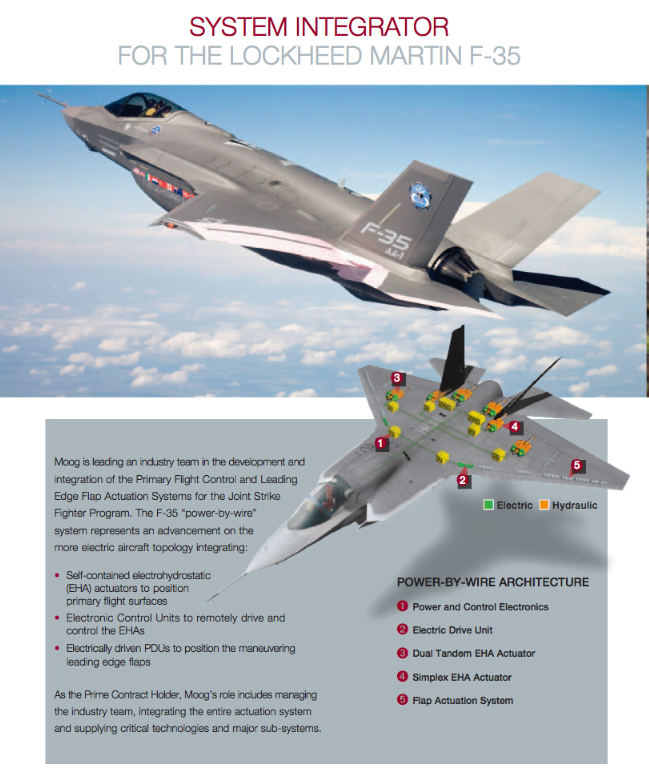2013-05-10 A key element of the impact of the F-35 is its combat systems. No combat system is more important on the aircraft than its ability to see 360 degrees around itself. This system is called the Distributed Aperture System or DAS.
Now the DAS has come to Eglin with its latest batch of F-35As.
According to a USAF story released on May 9, 2013 and written by Joel Fortner Secretary of the Air Force Public Affairs:
The Air Force took another step forward with its newest fighter jet when an advanced F-35 Lightning II landed at the service’s lead training base, home to the largest fleet of F-35s worldwide.
The new stealth fighter kicks off a major training effort at the F-35 schoolhouse on an aircraft with unmatched capabilities. The F-35 is the military’s newest stealth fighter jet. Students from all military branches who are learning to fly the plane go through the schoolhouse at Eglin, including some from international services.
In addition to a few design improvements, the major difference between the new aircraft and others is sensors and software. For example, pilots for the first time will begin training on a capability that gives them a 360-degree view around the jet. Sensors that act like highly sophisticated cameras that can detect heat and other information are embedded in the front, sides and back of the F-35.
When in use, the pilot basically can see everything around them near and far, a capability not found in any current military fighter, said F-35 instructor pilot, Major Jay Spohn. The system was designed to see other aircraft, people on the ground, missile launches, and more, and share that information with other aircraft and command centers on the ground.
Other new capabilities include a weather tracker and an enhancement of a system known as ALIS, or autonomic logistic information system, which transmits aircraft health and maintenance information and makes use of a portable computer planeside for the maintainer.
“This system is a game changer,” said Senior Master Sgt. Eric Wheeler, production superintendent, 33rd Aircraft Maintenance Unit. “It combines real-time data collection and trouble shooting in one system, eliminating the need for carting out stacks of binders and paper forms to the jet, as well as having to dual annotate once on paper and again later in the office on a computer.”
The latest system software, which has a better user interface and enhanced capability to download, is another step along the track in fixing problems in less time, which can be critical in time of conflict, Wheeler said.
The new F-35A will share the skies over Eglin’s training ranges with the Navy VFA-101 flying squadron here, which is slated to get their first two F-35C aircraft later this month along with another United Kingdom F-35B assigned to the Marine Corps VMFAT-501 flying squadron, scheduled to arrive here in about a month.
We have written about DAS earlier on the website.
https://www.sldinfo.com/f-35-detection-of-hostile-ground-fire/
https://www.sldinfo.com/shaping-a-new-approach-to-combat-learning-the-role-of-the-f-35/
https://www.sldinfo.com/the-f-35-as-a-“flying-sensor-fusion-engine”-positioning-the-fleet-for-“tron”-warfare/
https://www.sldinfo.com/f-35-das-and-radar-demonstrate-ability-to-detect-track-target-ballistic-missiles/
https://www.sldinfo.com/whitepapers/the-f-35-and-advanced-sensor-fusion/
https://www.sldinfo.com/shaping-the-f-35-combat-system-enterprise/
https://www.sldinfo.com/an-update-on-the-distributed-aperture-system-das/



